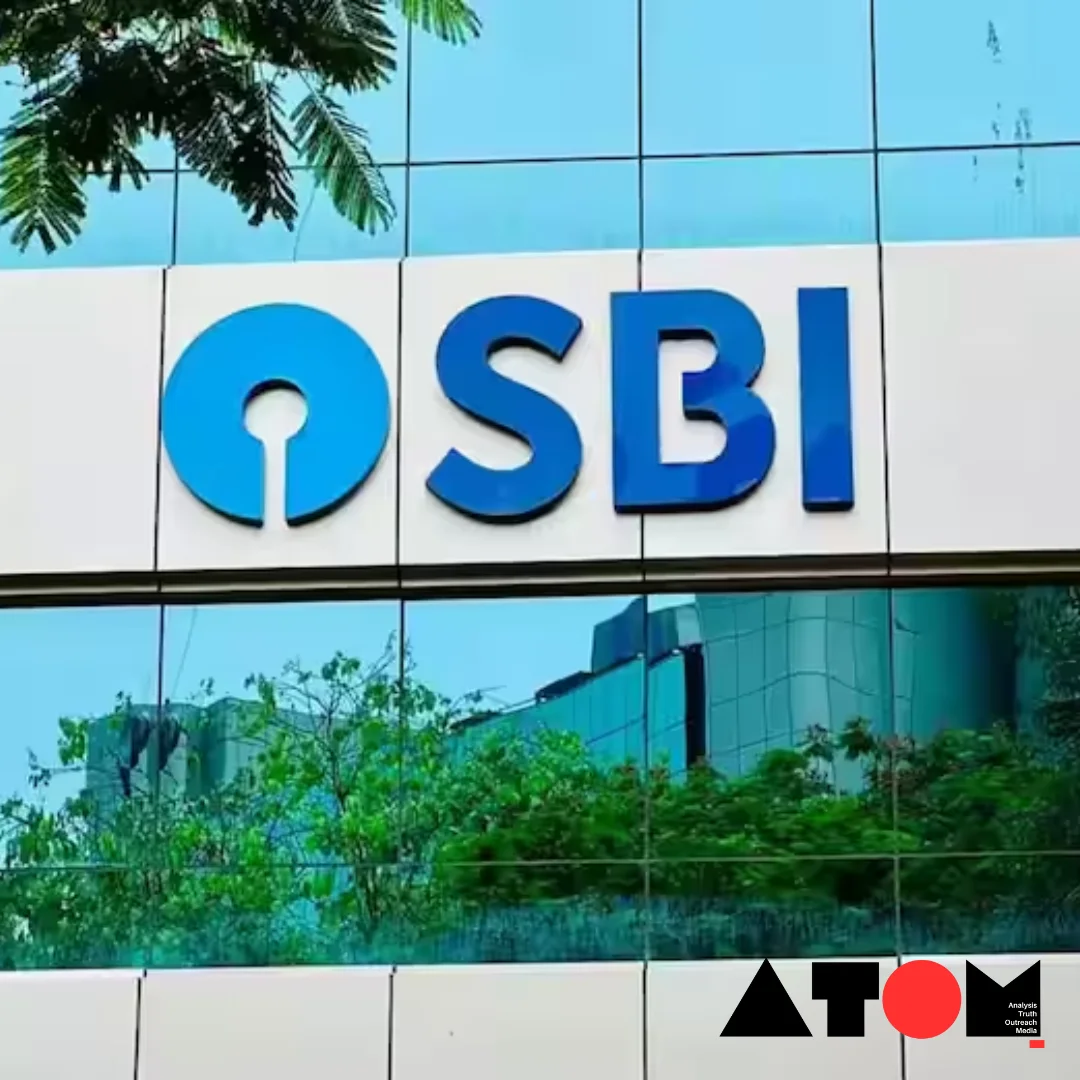Fixed deposits (FDs) continue to be a cornerstone for many investors seeking stability and guaranteed returns in the ever-changing world of personal finance. The State Bank of India (SBI), as one of India’s largest banks, has a significant impact on the foreign direct investment sector. SBI has made headlines by announcing large increases in its fixed deposit interest rates across several tenures. Let’s get into the specifics of these changes and see how they affect investors.
Understanding the Changes
SBI’s move to raise FD interest rates coincides with a dynamic economic environment marked by fluctuating inflation rates and shifting monetary policies. By hiking interest rates by up to 75 basis points (bps), SBI hopes to provide more appealing returns to depositors while also aligning its rates with market realities.
Implications for Retail Depositors
For retail depositors with deposits of up to Rs 2 crore, SBI’s enhanced FD rates offer an opportunity to earn better returns on their investments. The 75 basis point rise on deposits maturing between 46 days and 179 days, together with similar increases across other tenures, adds to the attraction of SBI FDs as a solid investment route.
Benefits for Senior Citizens
Senior persons, who frequently rely on fixed income sources for financial security, stand to benefit greatly from SBI’s reduced FD rates. The additional interest rate hike of 25 basis points for certain tenures assures that seniors can maintain their spending power while earning higher returns on their investments. To provide perspective for investors, compare SBI’s amended FD rates to those offered by other banks in the market. While SBI’s increases are significant, it is critical to evaluate how they compare to competitors’ offerings in order to make informed investment selections.
Navigating Bulk Deposits
SBI’s rate changes apply to bulk deposits as well, catering to the needs of high-net-worth individuals and corporations. By modifying rates for different tenures, SBI hopes to attract large deposits while preserving a competitive advantage in the market. The market’s reaction to SBI’s rate hikes serves as a barometer for investor mood and the economic outlook. Tracking deposit inflows and market dynamics after the announcement provides vital information into the effectiveness of SBI’s strategy and its consequences for the economy as a whole.
Considerations for Investors
Several considerations enter into play as investors weigh their alternatives in light of SBI’s rate changes. Each investor’s approach to fixed-income assets is shaped by their individual circumstances, including liquidity requirements and risk appetite. Understanding these factors is critical to optimizing investment portfolios. Individuals involved in financial planning should examine their investment strategy and asset allocations in light of SBI’s reduced FD rates. By recalibrating portfolio weightings and exploring alternative investment paths, investors can react to shifting interest rate conditions and maximize their long-term financial goals.
SBI’s move to raise FD interest rates is a momentous shift in India’s financial environment, with far-reaching ramifications for investors and the economy as a whole. As investors negotiate these developments, informed decision-making based on rigorous analysis and cautious financial planning remains critical. Investors can capitalize on opportunities while protecting their financial futures by staying current on market movements and aligning investing plans with changing trends.
Read more: Marketing News, Advertising News, PR and Finance News, Digital News





